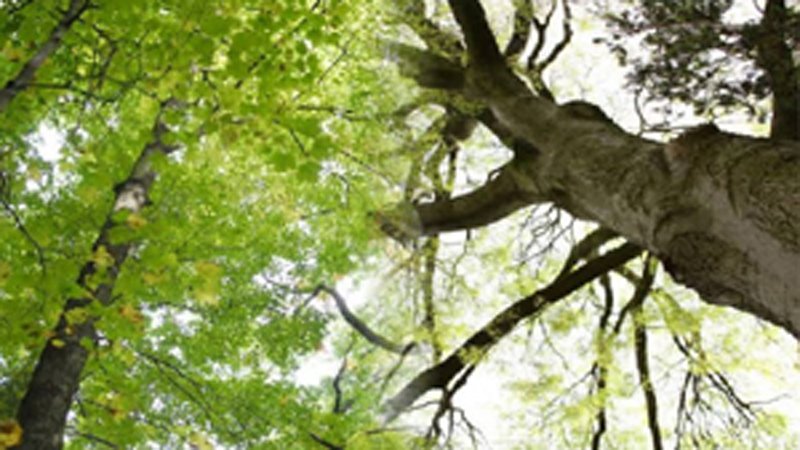Researchers found that there are more trees in semi-arid regions of Africa than previously thought, but that they store less carbon than some models have predicted.

An international team, including NASA scientists, mapped nearly 10 billion individual trees in African drylands using commercial, high-resolution satellite images and artificial intelligence in order to estimate the amount of carbon stored outside of the continent’s dense tropical forests.
The end result is the first thorough assessment of tree carbon density in Africa’s Saharan, Sahelian, and Sudanese zones. The data are free and openly accessible, and the team published its findings on March 1 in Nature.
Researchers found that there are more trees in semi-arid regions of Africa than previously thought, but that they store less carbon than some models have predicted. They estimated that 0.84 petagrams of carbon are stored in African drylands, equivalent to 1 billion metric tons.
For climate change projections, which are affected by how long trees and other vegetation store carbon, having an accurate estimate of tree carbon is crucial.
This “carbon residence time,” as scientists refer to it, is considerably longer for trees that grow for years as opposed to seasonal grasses and bushes. Knowing precisely what is growing there is necessary to determine how much carbon a landscape stores.
Individual trees identified in satellite imagery are color mapped by the amount of carbon they contain, with deep purple indicating lower carbon levels and yellow-white indicating higher levels.
African landscapes range from dry grasslands to savannahs with scattered trees, making it difficult to estimate the number of trees. However, such measurements are essential for conservation efforts and understanding the carbon cycle.
Scientists mapped the sparse tree cover in semi-arid Africa to better calculate how much carbon is being stored. Previous satellite-based estimates of trees carbon in African drylands often mistook grasses and shrubs for trees, leading to over-predictions of the carbon there.
The team gathered and analyzed carbon data down to the individual tree level, measuring the circumference of trees and taking other measurements to relate tree crown area in the satellite images. Field scientists measure the area of tree crowns and the associated masses of leaves, roots, and roots to convert tree crown area into carbon estimates of trees.
This study used machine learning and artificial intelligence algorithms to sort through 326,000 commercial satellite images from the QuickBird-2, GeoEye-1, WorldView-2, and WorldView-3 satellites.
Martin Brandt and Ankit Kariyaa adapted a neural network to detect individual trees in high-resolution, 50-centimetre scale images of Africa’s drier, less verdant landscapes.
The researchers defined a “tree” as anything with a green, leafy crown and an adjacent shadow, and trained the machine learning software to count the trees during millions of hours of supercomputing on the Blue Waters supercomputer at the University of Illinois.
When compared to human assessments of the landscape, the computers were 96.5% correct in measuring tree-crown area.
Using allometry, the study of how the characteristics of living creatures change with size, the scientists can calculate the amount of carbon in each tree’s leaves, roots, and wood from measurements of the tree crown area. A team led by Pierre Hiernaux of the University of Toulouse measured the root, wood, and leaf masses of 30 different species of trees.
They evaluated those carbon masses and developed a statistical correlation with the size of the tree crown. With the help of a viewer app the team created, the African tree carbon data are openly accessible. Every tree in the research area can be seen, along with how much carbon it stores.
Scientists and students researching the carbon cycle may find these data helpful, as may decision-makers trying to strengthen conservation efforts and farmers interested in learning how much carbon is stored on their property.